“Oor”: The Hallmark of Global Prehistoric Tamils
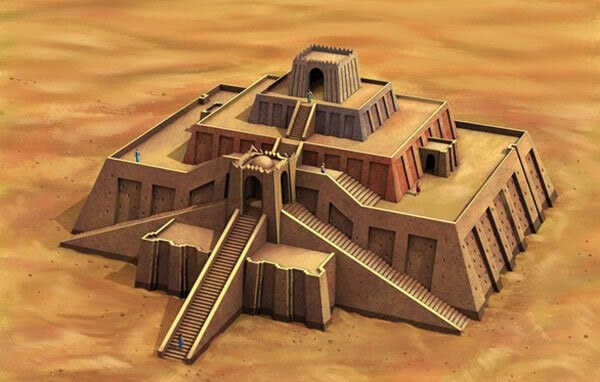
694
SHARES
|
I am Tamil. Every time I meet another Tamil, invariably one of the first questions that gets posed is, “Which Oor are you from?”
Oor equates to the place of domicile in Tamil culture. I did not pay much heed to this routine question until I read about the great Oor of the Sumerian civilization.
Oor is a place where people “crawled like an army of ants” to arrive at a habitable land to settle down permanently. Oor literally means “to crawl” in Tamil. In prehistoric times, people moved down from the hills to look for fertile plains along the riverside to settle down permanently. While doing so, they moved in groups like “the army of ants” to scout for fertile plains.

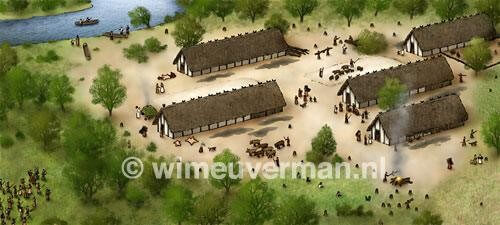
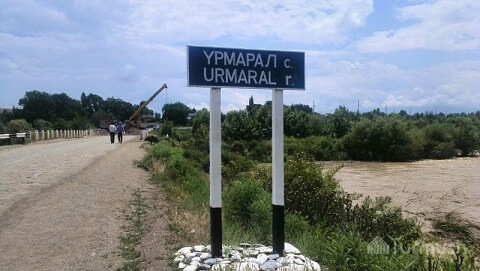
Once they settle down, the formation of the Oor began to unfold. Once the Oor is established, civilization begins to form. Civilization leads to innovation and invention. This is why river valleys were called cradles of civilization. Tamils were one of the ancient tribes who settled permanently in the plains along the river valleys and called them Oors.
Ancient Tamils classified the landscapes into five types. The life and culture associated with each landscape are called Thinai. In prehistoric times, Tamils were spread far and wide around the globe and divided the landscapes in to Kurinchi, Mullai, Marutham, Neithal and Paalai – meaning Hilly, Forestry, Flood Plains, Seashore and Desert land respectively.
Let me explain with an illustration. Palai is the desert landscape. The life and culture surrounding this landscape is called Paalaithinai. Palestine is named after their desert landscape culture – meaning the land of people living under Paalaithinai.
Most Oors are scattered along the riverside and around the esturine, which come under Marutham (flood plains) landscapes. The culture is governed by Marthathinai. Agriculture is the main occupation. The temple is the epicenter of all activity. Uran is the highest honor bestowed to the accomplished men of the Oor. The presiding deity is often called after the Oor. For example: ThirunindravURan and VayalURan.
In Tamil Nadu and in the North and East of Sri Lanka, there are hundreds of Oors along the riverside. This is the main heartland for the Tamils. There are many more Oors scattered around the globe known for their prehistoric Tamil settlements.
Oor is often spelled in many different ways due to the linguistic distortion occurring along the timeline. Some of the common variations you will come across other than the Standard “Ur” are the following: Oor, Uru, Uri, Ore and Oru. There are many Oors in India, Sri Lanka, Pakistan, Afghanistan, Iran , Iraq, Israel, Russia, Hungary, Germany, Uzbekistan, Somalia, Indonesia, Malaysia and Singapore.
Oor may appear either as a suffix or a prefix, but mostly it appears at the end. The most renowned Tamils were often known after their Oor in the history – for exampale, Karuvuraar, meaning the man hailed from Karuvur. He is known in the history as the Guru of the most famed Tamil King Raja Rajan the Great of ThanjavUr.
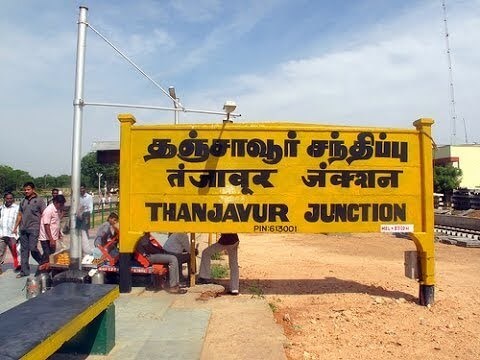
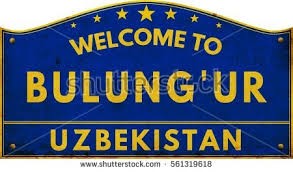
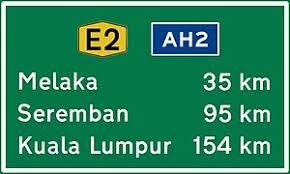
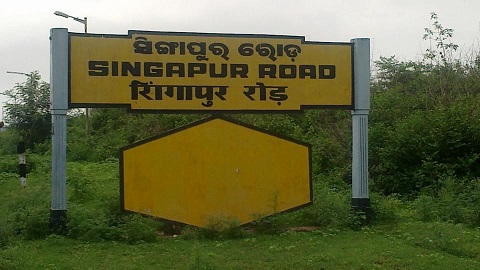
The Typical Oor System
The typical Oor structure is based on two things – the water body and the temple or citadel complex. Often, the main source of water is the river and in some cases lakes or ponds, either man-made or of natural formation.
The Oor is often arranged in an East-West direction. The East is comprised of Lowlands and the West consists of either man-made mount or is of natural highland. This dichotomy of High West and Low East is well observed and compared with the Indus Valley cities of the Mohenjadaro-Haraapa.
This landmark study was done by Balakrishnan, a senior civil servant of the Government of India. He published his research in the Indus Research Centre bulletin number 3, December 2012 edition. According to his research, there is a high level of commonality between the Tamil Oors to that of the Indus Valley cities. This research leads us to the possible conclusion that the Tamil High West-Low East Dichotomy of the Oor structures are not only seen in the current day Tamil Nadu, but also in the Indus Valley cities. It reflects the long thought process in the minds of the Paleo-Tamil people and their application of this knowledge in their city (Oor) wherever possible.
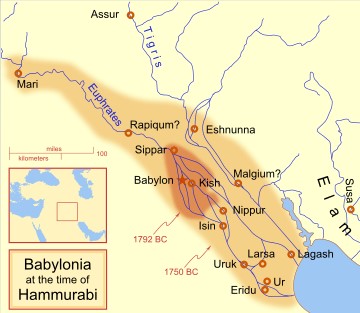
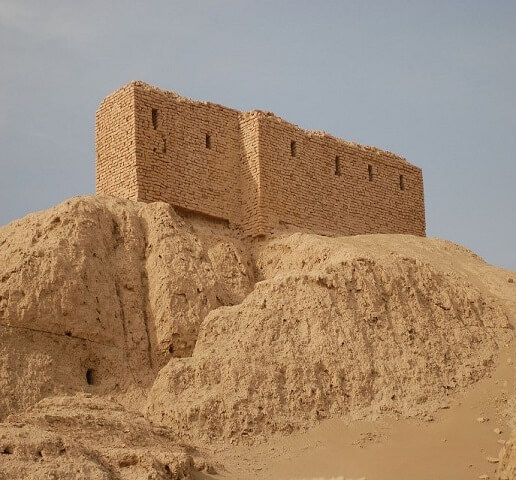
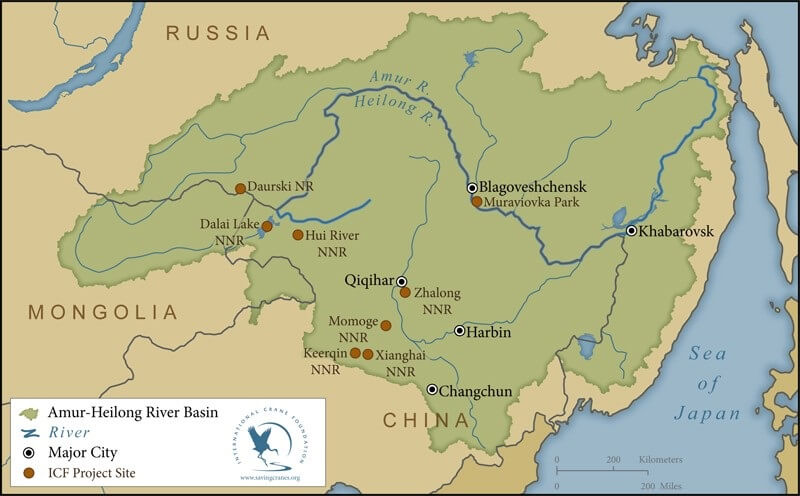
The Oor Of Babylonia
Ancient Babylonia is the center of Sumerian civilization. The current day belief is that the Sumerians of Babylonia were the first to establish modern human civilization. They called their cities with an Oor suffix similar to Tamil cities. The greatest of all the Oor is just called as “Oor” with no prefix or suffix attached to it. Often, Oor is used as a suffix to a name explaining the characteristics of the Ur. For example, VenmanalOor is the Oor known for the quality of their sand. VayalOor is the Oor known for their paddy fields.
When comparing the Oors of Sumeria to the Oors of modern day Tamil Nadu, one finds striking similarities. The Sumerian Oor was topographically arranged in High-Northwest and Low-Southwesterly directions. This dichotomy is comparable to the High-West and Low-East dichotomy of the current day Tamil Oors of both India and Sri Lanka.
Temples are the center of political activity in both Sumerian Oor and in the Tamil lands of both India and Sri Lanka. Agriculture is the main activity in both the Oors of Tamil land in India and Sri Lanka as well as Sumeria. These are some of the striking similarities between the Tamils and the Sumerians which I could appreciate.
Those interested in this field of study are advised to follow Dr. Loganathan’s work, a scholar from Malaysia devoted to studies associating the Tamil language to that of the Sumerians. Dr. Loganathan has deciphered entire Sumerian temple verses and claims it is a form of archaic Tamil.
So the next time a fellow Tamil poses the routine question “which Oor are you from?”, do not pass it on as a cursory exchange of words. Rather, try to understand the multi-millennial continuum of history connecting all the Oors of the globe as it conveys to you.
– Dr. Prem Shanmugam
 GUEST CONTRIBUTOR
GUEST CONTRIBUTOR
கருத்துகள் இல்லை:
கருத்துரையிடுக